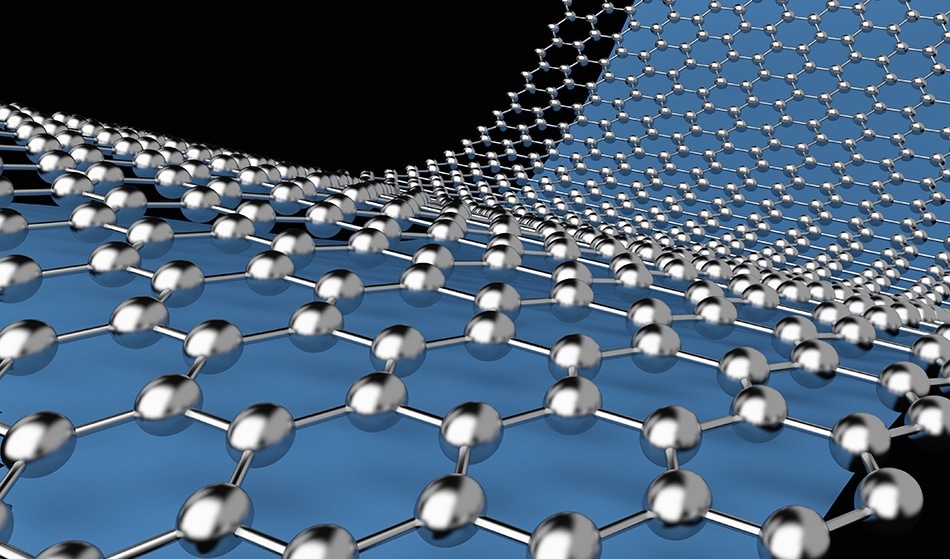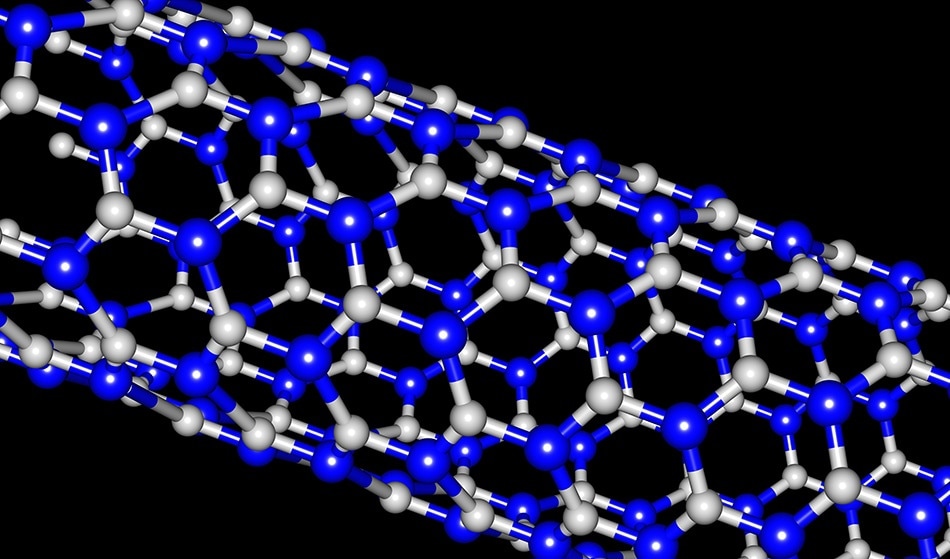
Sensors are devices which detect a change in a designated environment, causing the sensing material to invoke a detectable response to the external stimuli. Sensors can either be present as stand-alone devices or as part of a wider range of components in a multi-functional device.
In recent years, 2D materials have been used as the response material within sensor devices because of their excellent properties. In this article, we look at why these materials are being used more and more.
What are Gas Sensors?
Gas sensors measure the gaseous molecules present in the air. The most common types are used to detect common hazardous gases, such as carbon monoxide in the home, or greenhouse gases in the environment. However, gas sensors are more varied than this and can be used to measure a wide range of dangerous gaseous chemicals, including chlorine gas, hydrogen fluoride, and hydrogen cyanide.
Gases can be sensed by many types of sensor, with the most common being electrochemical, catalytic bead, infrared, PID, thermal conductivity, flame ionization detection, metal oxide, automated calibration and colorimetric sensors.

Phonlamai Photo/Shutterstock
Graphene
Like many applications, graphene is at the forefront of both academic and industry-led developments in the 2D space. Graphene sensors have been well-documented, and one of the most common graphene sensors are those which measure gases. Currently, graphene has been used to detect many gaseous molecules, with the most efficient sensing areas being towards nitrogen dioxide, ammonia, and hydrogen.
Graphene possesses excellent thermal, conductive and adsorption properties that enable it to detect a change in the environment with a high sensitivity and output a measurable response. The high surface area of graphene allows a wide environmental range to be sensed. Graphene also exhibits an excellent electrical conductivity and high charge carrier mobility, which allows it to produce an efficient electrical output. The efficient conversion from the initial response to final electrical output is one of the main reasons why sensors using graphene have a high sensitivity.
There are atomic defects on the surface of a graphene sheet which provide excellent cavity sites for gaseous molecules to be bound and detected. The delocalized electronic structure provides an electron-rich binding site for gas molecules to adhere to. Once absorbed, the molecules cause a change in the electrical conductivity of the sheet by adding or removing electrons from the sheet. This causes a detectable response, which is then converted to a readable format.
Graphene Oxide (and Reduced Graphene Oxide)
Whilst many confuse graphene and graphene oxide to be the same thing, they are in fact very different materials. Graphene oxide, and reduced graphene oxide are very different, despite containing the same carbon backbone. The difference lies in the functionalization of the sheet. Where pure graphene contains only carbon, graphene oxide derivatives contain oxygen-rich functional groups on the surface.
In addition to the properties of the underlying graphene sheet, the above-sheet functional groups provide excellent recognition sites and molecular cavities for gaseous molecules. The most common molecules sensed by graphene oxide, and reduced graphene oxide sensors are nitrogen dioxide, dinitrotoluene, hydrogen cyanide, DMMP, and ammonia.

Ambelrip/Shutterstock
Other 2D Materials
As many will be aware, a lot of the other unimolecular 2D materials such as stanene and silicene, etc. are not at a level to be used in a functional device, but they have been theorized through computational studies. That being said, phosphorene has been implemented as a gas sensor. However, the onus of many 2D material sensors outside of graphene falls to one of the most studied 2D materials – transition metal dichalcogenides (TMDCs).
TMDCs
TMDCs are a wide spread class of 2D materials and have been implemented into gas sensing applications. The most common TMDCs include tungsten diselenide (WSe2), tungsten disulfide (WS2), molybdenum disulfide (MoS2) and molybdenum diselenide (MoSe2).
While there are too many examples to talk about on an individual basis, TMDCs as a general class of materials possess excellent sensing capabilities towards gaseous molecules. This is mainly attributed to an excellent combination of physical and chemical properties, including semiconducting properties, a high surface-to-volume ratio, wide bandgaps, high absorption coefficients and the ability to provide reaction sites for redox reactions.
In general, TMDCs sense gaseous molecules through a charge transfer process, where the TMDC material acts as a charge acceptor or donor, depending on the molecule being sensed. Upon exposure to a gas, the charge transfer mechanism leads to a change in the resistivity of the material, creating a detectable response. Many gaseous molecules have been detected by TMDCs in this way.
Hexagonal Boron Nitride
Another polyatomic 2D material outside of TMDCs is hexagonal boron nitride (h-BN). It possesses a honeycomb structure similar to graphene, but with alternating boron and nitrogen atoms. Boron nitride sensors have not been widely documented, but like other 2D materials, their properties enable boron nitride sheets to be one of the potential sensing materials of the future.

Igor Petrushenko/Shutterstock
To date, boron nitride sheets have been used to measure varying concentrations of oxygen, methane, hydrogen sulfide and nitrogen-based gases.
Phosphorene
As mentioned, there are not many stable, unimolecular 2D materials outside of graphene that are capable of becoming a sensing material. However, phosphorene is an exception. Phosphorene is essentially a single layer of black phosphorous, in a similar way that graphene is a single layer of graphite.
While there aren’t many examples of phosphorene sensors, phosphorene itself has very similar electrical, stability and charge transport properties to graphene, so it has potential. It has been used in sensing devices to detect common and less-hazardous molecules such as water, carbon dioxide, oxygen and nitrogen-based gases.
In short, there are many 2D materials which can be used as the sensing material in sensor devices. Whilst only a few of the materials have been documented here, 2D materials are only going to be used more and more in future sensing applications.
Sources
- CheapTubes: https://www.cheaptubes.com/graphene-sensors/
- “Recent advances in graphene based gas sensors”- Varghese S. S., et al, Sensors and Actuators B: Chemical, 2015, DOI: 10.1016/j.snb.2015.04.062
- A1-cbiss: https://www.a1-cbiss.com/
- ThomasNet: https://www.thomasnet.com/articles/instruments-controls/How-Gas-Detectors-Work
- Carnegie Mellon University: https://www.cmu.edu/nanotechnology-forum/Forum_14/US_Presentation/5_C%20Gas-sensing-2D%20material-AR3-SG2.pdf
- “Gas sensing in 2D materials”- Yang S., et al, Applied Physics Reviews, 2017, DOI: 10.1063/1.4983310
- “Two‐Dimensional Nanostructured Materials for Gas Sensing”- Liu X., et al, Advanced Functional Materials, 2017, DOI: 10.1002/adfm.201702168
- AZoSensors:
Disclaimer: The views expressed here are those of the author expressed in their private capacity and do not necessarily represent the views of AZoM.com Limited T/A AZoNetwork the owner and operator of this website. This disclaimer forms part of the Terms and conditions of use of this website.